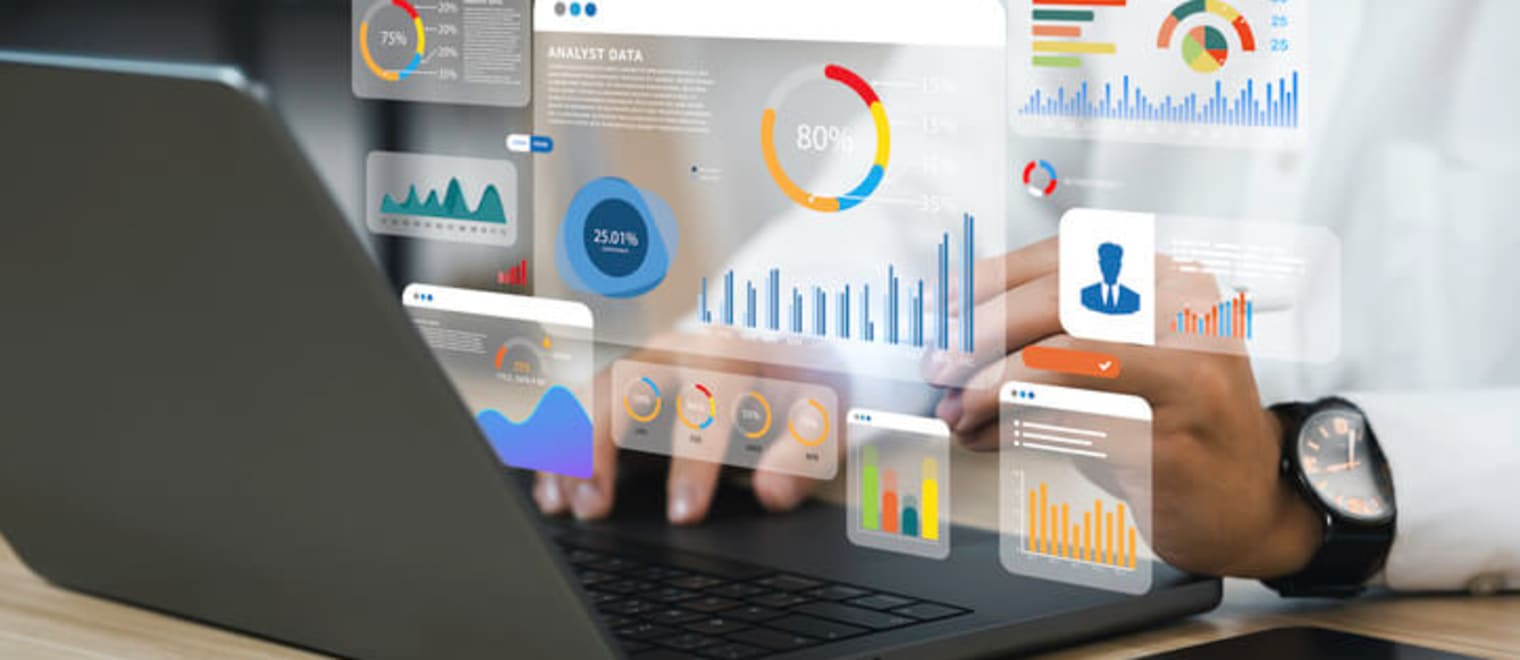This informal CPD article, ‘Harnessing the Power of Data in PR and Branding Campaigns’, was provided by the London School of Public Relations (LSPR), a training and business development organisation that offers support to numerous multinationals, SMEs and NGOs in the UK and globally.
In today's fast-paced, digital world, data has become an indispensable tool for public relations and branding professionals. As consumers become increasingly connected and engaged online, the ability to collect, analyze, and leverage data insights can make the difference between a successful campaign and a forgettable one. Data-driven strategies not only help organizations better understand their target audiences but also enable them to craft more effective messages, personalize experiences, and measure the impact of their efforts.
The integration of data into PR and branding campaigns has revolutionized the industry, allowing professionals to move beyond guesswork and intuition. By harnessing the power of data, brands can gain a competitive edge, build stronger relationships with their audiences, and drive measurable results. From identifying emerging trends and anticipating consumer needs to optimizing content and measuring ROI, data has become a critical component of modern PR and branding.
In this article, we will explore the various ways in which data can enhance PR and branding campaigns. We will discuss the importance of understanding target audiences, measuring campaign effectiveness, personalizing messages and experiences, predicting trends, and integrating data into crisis management. Additionally, we will address the ethical considerations and data privacy concerns that come with leveraging data in PR and branding efforts. By the end of this article, readers will have a comprehensive understanding of how to harness the power of data to create more impactful and successful campaigns.
Understanding Your Target Audience
To create successful PR and branding campaigns, it is essential to have a deep understanding of your target audience. Data plays a crucial role in gaining insights into who your audience is, what they care about, and how they behave.
By analyzing demographic and psychographic data, professionals can identify key segments within their target audience and tailor their messages accordingly. Tracking consumer behaviour and preferences through website analytics, purchase history, and customer feedback can inform product development, marketing strategies, and customer experience improvements.
Social media analytics offer valuable data on audience engagement, sentiment, and behavior. Monitoring metrics such as likes, shares, and comments can gauge the effectiveness of content and identify what resonates with the audience. Social listening tools can also help brands track conversations and identify influencers or advocates within their industry.
Leveraging data to understand target audiences enables PR and branding professionals to create more relevant, engaging, and effective campaigns that build stronger relationships with customers and drive measurable results.
Measuring Campaign Effectiveness
Measuring the effectiveness of PR and branding campaigns is crucial for understanding their impact and making data-driven decisions. By setting clear objectives and tracking key performance indicators (KPIs), professionals can evaluate the success of their efforts and identify areas for improvement.
Setting KPIs involves determining the specific metrics that will be used to measure progress towards campaign goals. These may include website traffic, social media engagement, media coverage, lead generation, or sales. By establishing benchmarks and targets for each KPI, teams can monitor performance and adjust their strategies as needed.
Tracking media coverage and conducting sentiment analysis are important aspects of measuring campaign effectiveness. Media monitoring tools can help identify the volume and reach of press mentions, while sentiment analysis provides insights into the tone and perception of the brand across various channels. This data can inform messaging, identify potential issues, and guide crisis management efforts.
Evaluating the return on investment (ROI) of PR and branding campaigns is essential for demonstrating their value and justifying future investments. By comparing the costs of the campaign against the measurable outcomes, such as increased brand awareness, customer acquisition, or revenue growth, professionals can determine the ROI and make data-driven decisions about future campaigns.














